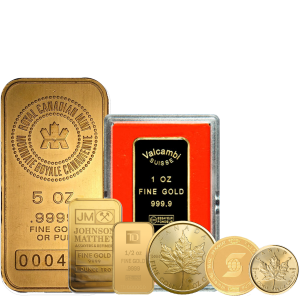

Bust Half Dime (1794-1837)


Image Courtesy of Professional Coin Grading Service (PCGS.com)
In the history of the United States, the Bust Half Dime is one of the most ancient and intriguing coins. These little silver coins were produced between the years 1794 and 1837, and they were extremely important to the commercial activity of the United States during the formative years of the nation. There were a few different variations of the Bust Half Dime that were made, including the Capped Bust, the Draped Bust with a little eagle reverse, and the Draped Bust with a heraldic eagle reverse.
The Coinage Act of 1792 made it possible to make coins of different values, such as silver and gold coins. This was the first time that the Bust Half Dime could be made. The goal of making these coins was to make it easier to use small amounts of money in an economy that was growing quickly. These coins were made of silver and copper metal. It has a diameter of 15.5 mm approximately.
- • The Half-Dime Flowing Hair (1794-1795) The obverse of the half-dime style that was used from 1794 to 1795 was designed by Robert Scot. It depicted Miss Liberty with flowing hair turned to the right, with the word "Liberty" written above and the year written below. Behind her head, there are eight stars, and seven stars are in front of her. There is a delicate or "small" eagle depicted on the reverse of the coin, which is perched within an open wreath, and the United States of America is surrounded by it.
- • Draped Bust Half Dime (1796 - 1805) Robert Scot also came up with the Draped Bust design, which was first used in 1796 and shows Liberty with a more polished and traditional look, as well as a draped neckline. From 1796 to 1797, the back of the coin had a little eagle inside a circle. From 1800 to 1805, it had a symbolic eagle on the front, which was based on the Great Seal of the United States.
- • Capped Bust Half Dime (1829 - 1837) The Capped Bust variant, which was redesigned by William Kneass, included a more detailed image of Liberty wearing a Phrygian hat, which is a symbol of independence. The design is comparable to the one that was used on the dime from 1809 to 1837, which was created by John Reich. William Kneass, an engraver at the Mint. A new modified size and reeded edges were also included on this type, which was in line with the developments that had been made in minting technology.








